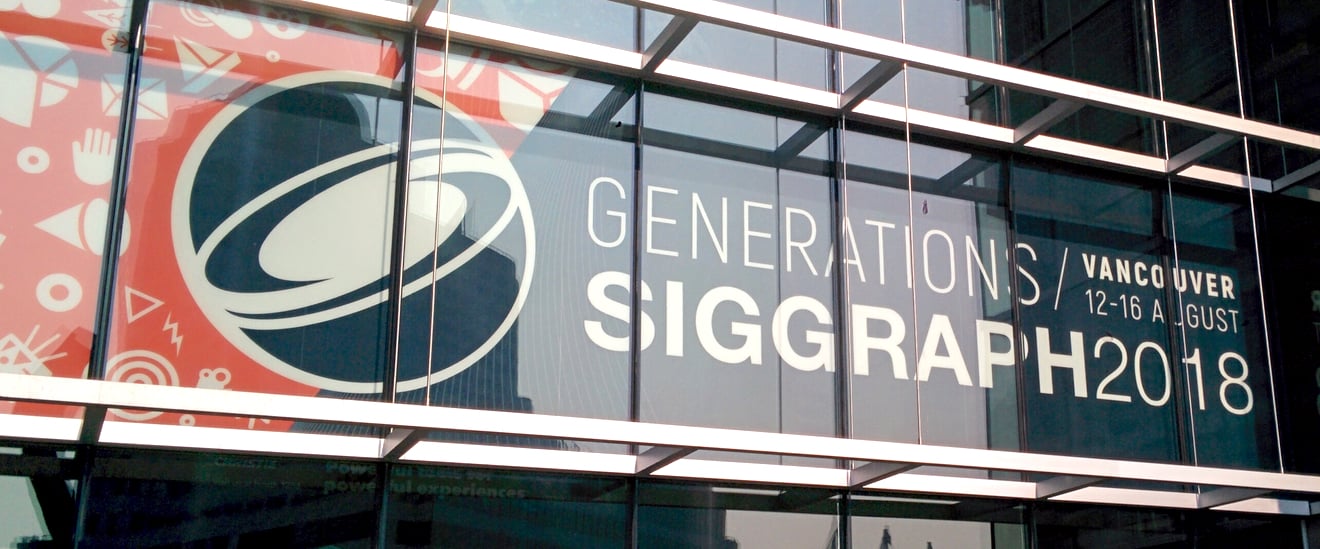SIGGRAPH 2018 (but only the show floor)
At this year’s SIGGRAPH I had a cheapskate “exhibits only” pass, the prominent colour coding of which foiled my attempts to casually wander into the talks which are the meat of the conference. I didn’t see much of the hot topics like realtime ray tracing and machine learning, but the show floor had interesting exhibits worth a day of playing hooky from work.

Most conferences I attend focus exclusively on games, so it’s refreshing to see other industries like visual effects and animation represented. Both Unity and Unreal were promoting their recent CAD integrations and pimping their partnerships with automotive and aerospace companies. I have no idea whether using a game engine to help create a car is a realistic scenario or more a pipe dream for Epic’s shareholders, but it’s nevertheless fascinating to see the tools used to build Monument Valley being marketed to people who design… pistons? Carburettors? Whatever it is that vehicles have in them these days.
On the games front, free roam VR and location-based entertainment are all the rage. Or perhaps they inherently need large booths. It’s a compelling use for virtual reality, attracting consumers who might otherwise never consider strapping a HMD to their face. The backpack PCs like the MSI VR One look like they’re straight from a sci-fi film shoot.
I sat through a Unity + Magic Leap session hoping to see the Magic Leap One in action, but alas, no demo. I did get hands-on time with the primo StarVR One headset. It’s an incremental upgrade to Oculus’ and HTC’s current offerings, with a wider field of view and built-in eye tracking. It too looks like a prop you might find on the set of Alien. Severe black angles and “One” product suffixes are in.1
Also intriguing was PresenZ, which allows you to pre-render your VR scene while still giving the viewer six degrees of freedom. You can move around as you please within a 1×1×1 cube — peek around walls, get a closer look at characters, and so forth — without the drawbacks of realtime rendering. Slick.
All in all, despite no one-on-one with Ed Catmull (who never returns my texts) or invitation to ride in John Carmack’s Ferrari, it was worth the visit. Now it’s time for the real work of digging through the reams of research papers, with their incomprehensible and probably-made-up terms like “Eulerian-on-Lagrangian” and “Laplacian Kernel Splatting”.2 Buckle up.